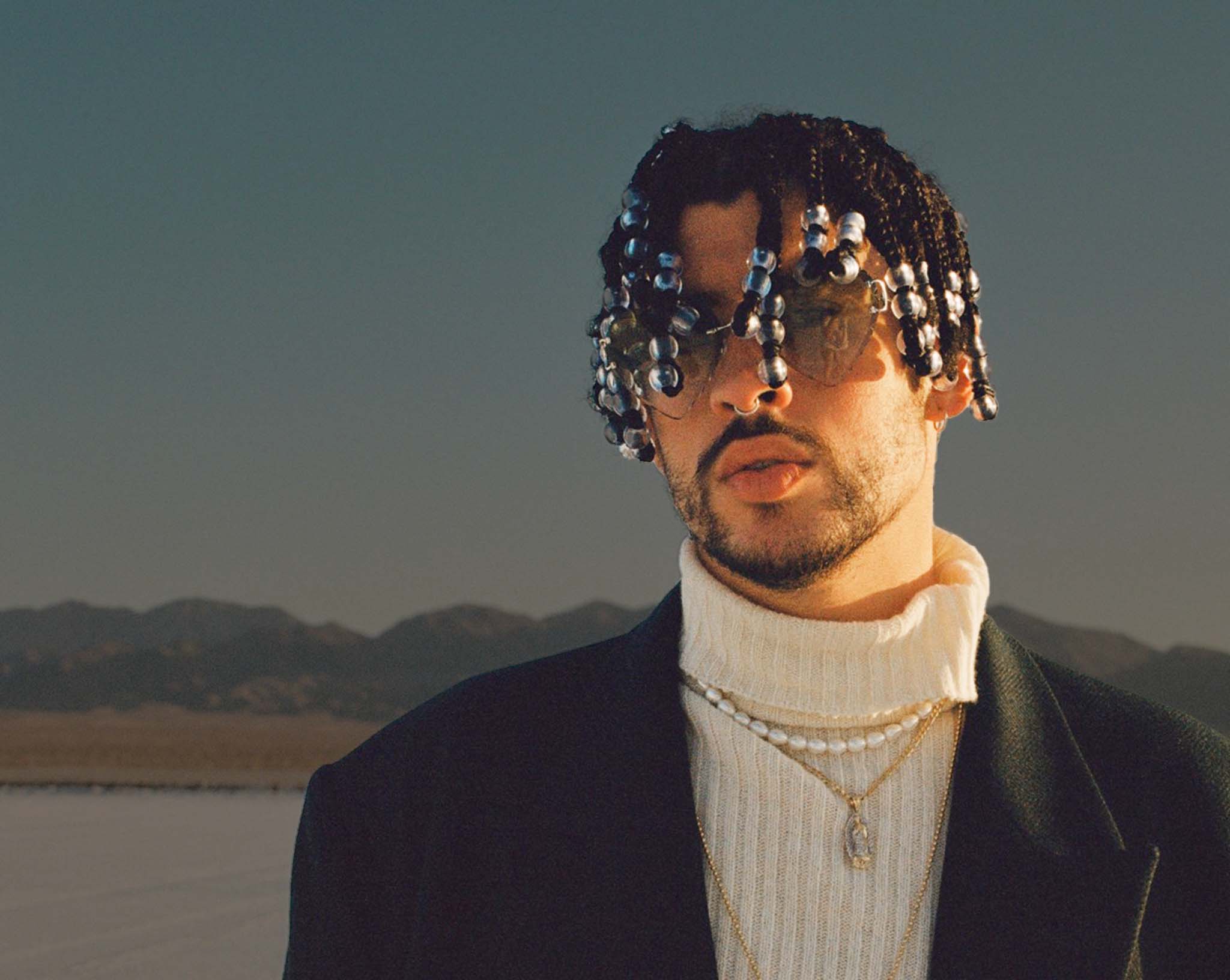

IndigenousNetwork was able to attend this week’s national media briefing from American Community Media, which convened veteran Puerto Rican journalists and scholars to discuss the politics surrounding Bad Bunny’s upcoming Super Bowl halftime performance. The panel included Julio Ricardo Varela, senior producer and strategist at Free Press and founder of The Latino Newsletter; Antonio Mejías-Rentas, a longtime Los Angeles–based bilingual journalist formerly with La Opinión and Boyle Heights Beat; and Frances Negrón-Muntaner, a filmmaker, writer, and Columbia University scholar known for her work on Puerto Rican identity and culture.
The discussion began with a simple question: what does it mean that the most streamed artist in the world sings entirely in Spanish and centers Puerto Rico on the global stage? For Mejías-Rentas, the answer lies in a shifting cultural economy. “In the past, Latino artists needed to ‘cross over’ by singing in English,” he said. “That’s not necessary anymore. Bad Bunny isn’t the first to stay in Spanish, but he’s the most visible. What makes it political now is that language itself has become a tool of resistance.” His point recalled recent reports of U.S. citizens targeted by border agents for speaking Spanish in public—a phenomenon familiar to Indigenous and immigrant communities whose languages are often used to mark them as outsiders.
Negrón-Muntaner, who has studied Puerto Rican media representation for decades, argued that Bad Bunny’s rise signals both continuity and change. “We should see his success as part of a long history,” she said. “It’s not about a single genius, but about structural transformations—migration, technology, and demographics—that have opened new cultural centers.” She noted that Puerto Rico, despite its colonial status and economic instability, has long been a crossroads of Caribbean and global music. That context, she said, makes the island uniquely positioned to project culture beyond its borders. “You can have a superstar come out of any number of places now,” she said. “Puerto Rico sits culturally at a crossroads, and that gives it power.”
Varela, who has covered Latino politics and culture for over thirty years, linked the backlash to the broader tension between belonging and visibility in the United States. “There’s always been this sense that we don’t belong,” he said. “And I don’t need two white commentators on national television debating Bad Bunny or Puerto Rico when they don’t understand either. Puerto Rico is a colony of the United States. That’s a fact. We’re U.S. citizens, but we’re not treated as such.” Varela said that Bad Bunny’s insistence on performing entirely in Spanish—while the U.S. debates making English the official language—reveals more about America’s discomfort with its own diversity than about the artist himself. “The reaction against him has been so strong because he represents demographic change. That’s the real story here,” he said.
The conversation moved into questions of media framing, representation, and national identity—topics resonant for Indigenous journalists who face similar challenges of invisibility and misrepresentation. Negrón-Muntaner drew parallels between Puerto Rico’s colonial relationship with the United States and the ways Indigenous nations within U.S. borders have been treated. “Most ethno-national groups in the world don’t have their own states,” she said. “Culture becomes the means through which people imagine themselves as cohesive—as a nation, a group with a shared past and a shared future.” For both Puerto Rican and Indigenous communities, artistic expression functions as a declaration of presence in systems that have long denied it.
When asked about the right-wing campaign to remove Bad Bunny from the Super Bowl lineup, Mejías-Rentas dismissed the idea as predictable. “There’s a history of backlash whenever a nonwhite artist redefines what’s ‘American,’” he said, citing Puerto Rican singer José Feliciano’s 1968 rendition of the national anthem that nearly ended his career. “People broke his records and called him unpatriotic for singing it in his own style,” he said. “We’re seeing the same discomfort now, only louder.”
For Indigenous reporters, the parallels between these struggles are clear. Both communities are confronting national narratives that erase complexity. Puerto Ricans, though U.S. citizens, remain colonized and misunderstood. Indigenous nations, sovereign yet marginalized, continue to fight for control over how their stories are told. In both cases, the language of belonging is political. As Negrón-Muntaner said, “It’s not necessary to call Bad Bunny an American citizen to justify his place at the Super Bowl. It’s more useful to ask why he’s there and what that says about the world we’re in.”
The discussion ended with predictions for February’s halftime show. Mejías-Rentas said he expected “a great performance from a great artist,” while Negrón-Muntaner suggested the event could redefine what a halftime show can be. Varela added, “We might see the greatest example yet of Puerto Rican history and narrative being made visible on a global stage. I hope it pushes people to learn what they’ve ignored for too long.”
For Indigenous media, the story resonates beyond pop culture. It speaks to how marginalized nations use art to reclaim representation and to how language itself can become an act of defiance. Whether in Spanish, Diné, or Chochenyo, to speak one’s language publicly is to assert existence. As Indigenous and Puerto Rican journalists have long known, that act remains both radical and necessary.
